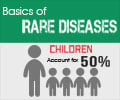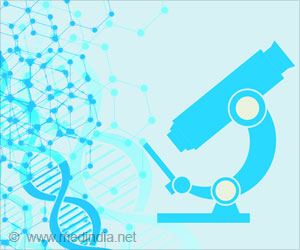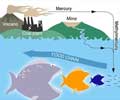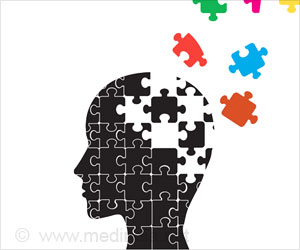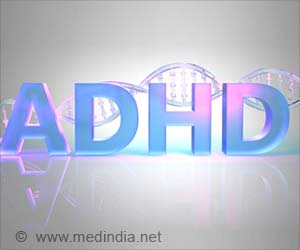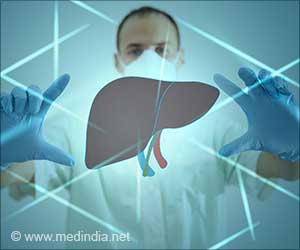The new rare disease identified could provide understandings into how the cell’s recycling system contributes to a healthy brain.

‘ATG4D aids in the cellular housekeeping function called autophagy. The cells use to break down and recycle broken proteins and other flawed pieces of the cell to stay healthy.’





The first inclination of ATG4D’s effects on brain health came from a 2015 study in which researchers identified a genetic neurological disease among Lagotto Romagnolo dogs, an Italian breed known for their fluffy coats and truffle-hunting abilities. The affected dogs had abnormal behavior, atrophy of the cerebellum, issues with motor coordination and eye movement and ATG4D mutations.While this 2015 study invigorated research interest in ATG4D’s role in the brain, scientists had yet to connect ATG4D to any neurological disease in humans.
ATG4D Mutations Related Neurological Disorder
“Among genetic diseases, we’ve solved many of the lower hanging fruits,” said May Christine Malicdan, M.D., Ph.D., NHGRI staff scientist and senior author of the study. “Now, we’re reaching for the higher fruits — genes like ATG4D that are more difficult to analyze — and we have the genomic and cellular tools to do so.”Computational analyses predicted that the three children’s ATG4D mutations would produce dysfunctional proteins. However, three other genes in the human genome serve very similar roles to ATG4D, and in some cells, these other genes may compensate for a loss of ATG4D.
While all cells in the body share the same genome, some genes are more important for certain cells. When the researchers studied the children’s ATG4D mutations in skin cells, the variants did not affect the cells’ recycling process, but this may not be true in the brain.
Advertisement
To simulate cells that rely more heavily on ATG4D, the researchers deleted the similar genes in cells grown in the laboratory and then inserted the children’s ATG4D mutations. The researchers determined the cells with the children’s ATG4D mutations could not carry out the necessary steps for autophagy, indicating that the children’s symptoms are likely caused by insufficient cellular recycling.
Other components of autophagy are involved in common neurological disorders, such as Alzheimer’s disease. Knowledge of this rare neurological disorder could lead to new avenues of research about ATG4D’s involvement in more common conditions.
“That’s the million-dollar question in rare disease research,” said Malicdan. “Rare diseases can help us understand biological pathways, so we can better understand how those pathways contribute to other rare and common conditions.”
NIH researchers and clinicians continue to work with the children in this study, and the researchers are aiming to identify more patients. Treatments are many steps away, but by learning more about ATG4D and autophagy, researchers may be able to develop new treatments for this condition and others involving autophagy pathways.
Source-Eurekalert

